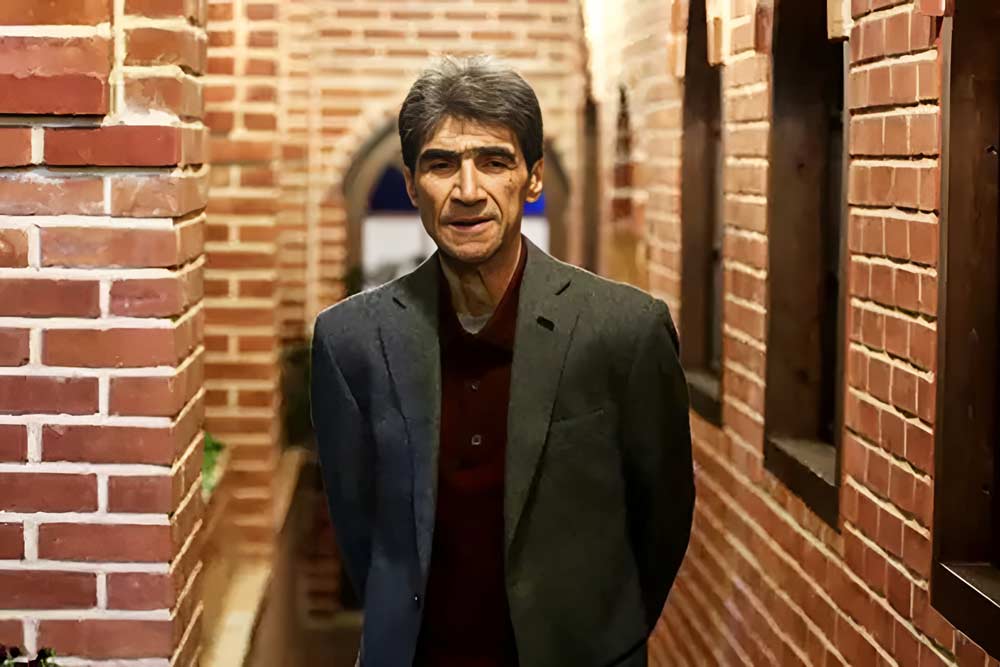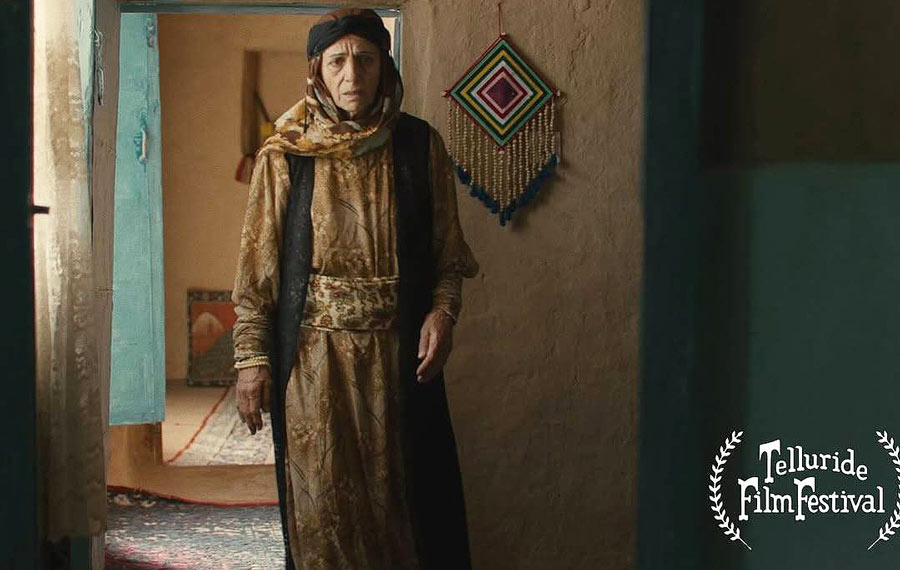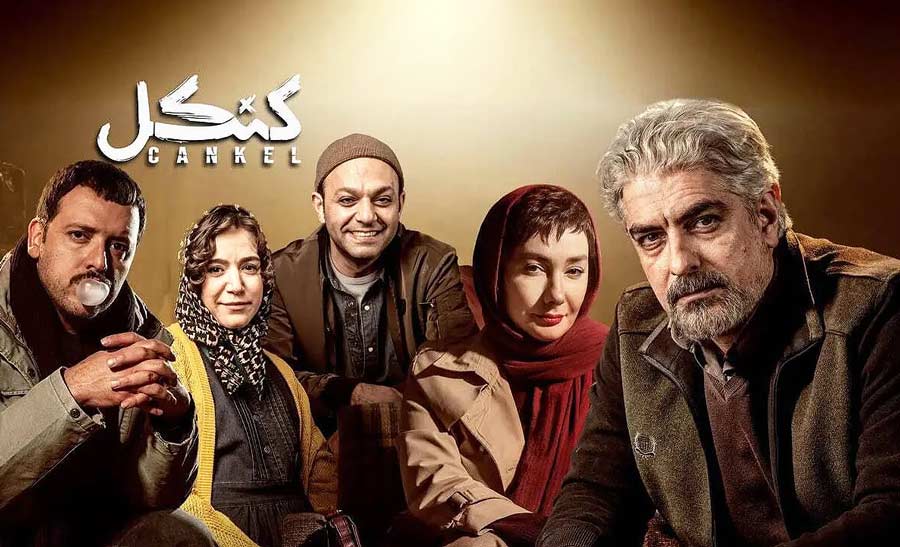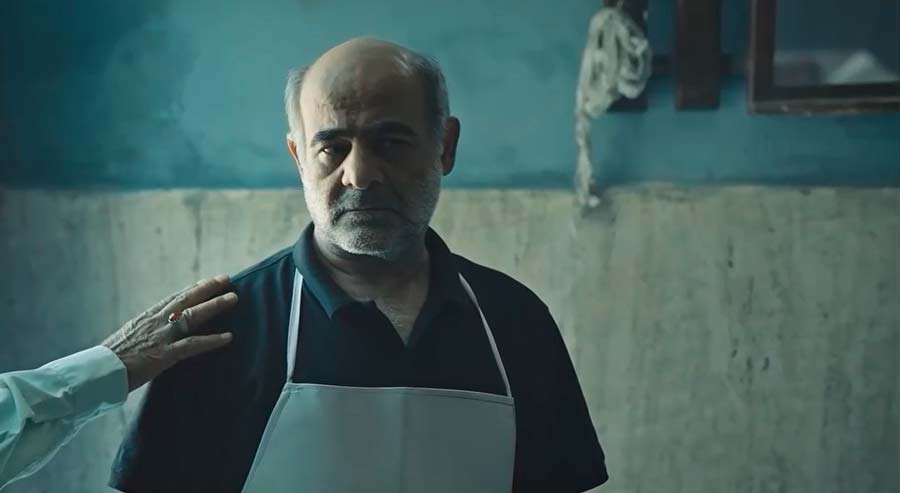A look at history of cinema and its origins in Iran
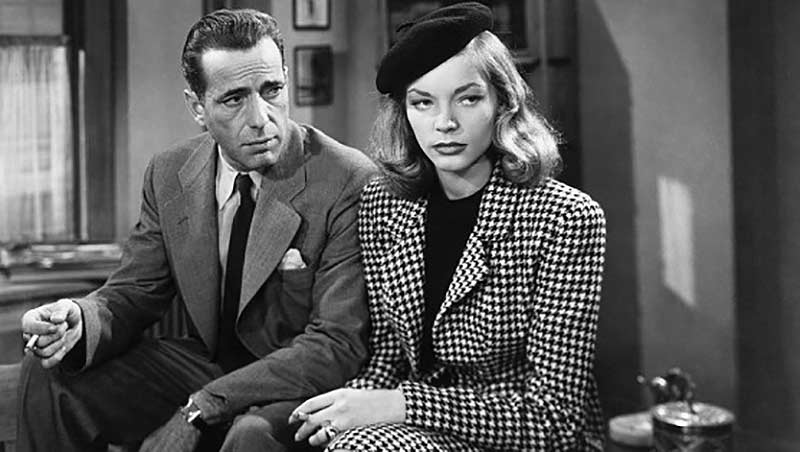
Knowing Cinema – What is Cinema?
French theorists are interested in distinguishing between “film” and “cinema”. In their view, the “film” aspect of this art is directly related to its relation to the world around it and its cinematic aspect is directly related to the aesthetics and internal structure of this art.
In addition to these two terms, there is a third word in England. That movie is the “Movie”, which refers to the third aspect of the film phenomenon, namely its role as an economic commodity. These three aspects are, of course, closely related. And what is “Movie” to one may be “Movie” to another. But in general, we often use these three terms similarly. If “Movie” should be consumed as a snack.
Cinema is a transcendent art with a scent of aesthetics and film is the most pervasive of these three terms with minimal mental implications.
The history of “Movie”, “Cinema” and “Film”, although spanning less than a century and only a few decades, shows a dense and complex evolutionary structure. This is partly due to the explosive nature of the film phenomenon. The film as a medium of communication quickly became understood by a large group of people. And this is partly related to the geometric progression of technological evolution in the nineteenth century, which was accompanied by economic periods. That the film had to evolve or disappear.
Each of these three concepts — film, film, and cinema — covers a range of functions, from documentary to mass fiction, abstract, and progressive films. Most of this historical part is the middle part of this division. Because this is where the political, economic and social aspects of the film take their most important influence.
An interesting comparison can be made between the history of the novel’s artistic form over the past three hundred years and the evolution of the film over the past eighty years. Due to their economic role and large number of consumers, both of these arts have been more pervasive than anything else. Each of these two evolved with roots in journalism, that is, as a medium for recording events in the early stages of creation characterized by innovation and innovation. And they have brought out a complex system of different species that have served different audiences. And then in the media competition (film-novel competition, and television-film competition) they enter another stage of recording that is largely marked by a tendency towards aesthetic values and elitism versus entertaining aspects. Just as the novel feeds the film.
All texts in the history of cinema divide cinema into two distinct parts: silent and eloquent. Our period before the history of film, both the evolutionary stages of all the preachers of cinema and the evolution of certain aspects of other arts that have had a significant impact on film. Includes (for example, Queen Victoria melodramas, or portrait visual values). The 1896s saw the emergence of cinema from a hobby to an economic art ready to leap. The end of this era is marked by the emergence of feature films. The period 1913-27 includes the silent era. In the period 1928-32, world cinema is in a transitional stage. This stage does not have a great aesthetic aspect for us. But it presents itself as an important economic and technological stage.
The period 1932-46 is the golden age of Hollywood domination of world cinema, which still exists today and in recent times, and no country’s cinematic power has been able to reduce Hollywood’s power over world cinema. During this period, the films achieved the greatest financial success. Right after World War II, the film faces television competition.
As the fires of World War II subsided, the fever of longing (television viewing), or television, began to rise. While only the world’s most powerful nations (the United States, Britain, France, and the Soviet Union) were able to use television in 1948, the 1950s were a time of television ubiquity. By 1956, the number had risen to 35, and in just four years after the war, 108 federal television stations were set up in the United States. The desire to own a television was so great that in Japan, one in four families owned a television. Thus, while the average price of a television set was 30,000 yen (about three times the monthly wage of a worker), 30 million Japanese watched television.
The years 1947-60 coincide with the growth of world cinema, the years of film reaction to this competition. Now Hollywood cinema, although still economically dominant, was not so aesthetically pleasing. The growth of the new wave of French cinema in the sixties marks the beginning of the seventh period in the history of cinema. Technological innovations, a new take on low-budget film production, all combined with a new sense of the social and political value of film, to new sub-waves in Western Europe, Latin America, Africa and Asia, and finally even in the United States. And create Eastern Europe.
Considered contemporary cinema to be a synthesis of forces that at any given moment seem to have overshadowed the cinematic formulas of the world. What is important in understanding the history of cinema is to observe how each of these social, political, economic, cultural, psychological, and aesthetic factors interacts with other factors in a dynamic relationship. Because the film seems so complicated. The history of cinema can be considered the product of many contradictions, the logical inference of which itself becomes an element of further contradiction. This was observed at all levels, from the smallest to the most general. For example, an actor’s acting is the result of a conflict between the actor’s role and character. In the meantime, sometimes the character of the actor is dominant and sometimes his role. But in any case, the sum and logical inference of these two factors is the third thing. That is, the game, which is itself one of the many factors of a larger unit, the film.
Very few phenomena in the history of cinema can be explained by simple laws of cause and effect. If we consider the film to be basically an economic product, what can be said about many filmmakers who work regardless of the relevant facts and have preserved themselves ?! Or if we better understand some of the films based on their political and social influences, we should keep in mind that the cause may not be political in general, but personal and aesthetic. In short, in the history of film, our goal should not be to determine what is the cause of something else. Rather, we should seek to understand what Jahezi has to do with anything else. In the history of cinema, at least three explanations are possible for each phenomenon in question. It does not matter which of the three explanations is correct. Rather, it is important to determine how the three relate to each other and the world beyond.
Film, as its all-encompassing and popular nature, reflects, more than any other art, the ever-changing relationships of social contracts. Apart from this, the film has not evolved independently of other arts and media. The history of film should be examined in the context of the development and growth of other technological media and in connection with the evolution of other non-technological arts.
History of World Cinema – The Invention of Cinema
Cinema should not be considered an invention but a complex evolutionary movement. Cinema is in fact dependent on four main factors: art, technology, economics and the spectator. And it is these factors that determine the subject, time and place of a cinematic show. However, the roots of these four factors, which led to the emergence of the first moving image of the Lumière brothers (December 28, 1895) and the formation of the first examples of this medium, must be traced to the years before 1895.
Film has been a common invention more than most of the technical innovations that make up the communication, electrical, and electronic media. Unlike telephone, telegraph, or even wireless, film relies on a complete set of small inventions, each attributed to a specific inventor. Sometimes even a special device has the name of several inventors. In the United States, Thomas Edison is considered the inventor of cinema. In fact, much of the filmmaking process took place in Edison Laboratories in New Jersey.
Given Thomas Edison’s personal talents in a system and how the camera works, it is interesting to note that his personal achievements in inventing this device are not so great. An Englishman named William Kennedy Laverdi Dixon was Edison’s first film experimenter. In 1889 he invented a rudimentary display system. But Edison seems to think of cinema as a personal to public experience.
The concept of cinema (as a place for showing films) was created in 1905. Earlier in 1897, Lumière opened the first film-only company.
As mentioned above, in 1902 the Electric Theater Institute, owned by Thomas El Tally (a company of famous actors in famous films), and another company, owned by Jess Laski, merged. Carl Lamel also founded Universal based on the core of IMP. William Fox, a filmmaker, formed his own film production company in 1912, which later became the 20th Century Fox Company.
By 1920, independent companies had acquired a semi-monopoly position. Which made rival companies jealous. Each of these companies controlled a large part of the film industry. And all of them were involved in production, distribution and screening in a public acknowledgment across the film industry.
But one of today’s film production-distribution organizations has a different origin. United Artist was founded in 1919 by Charles Chaplin, Mary Pickford, and David Wark Griffith to preserve and support their own productions. In the twenties, thirties and forties, around this forum was composed of six major companies. More detailed suppliers were learned in the so-called “poor” companies.
The culture of drama and its role in Iran
Reporters and historians in their works have not paid attention to the narration of theatrical events in Iran, and that is why our exhibited works have not been recorded anywhere and generally have reached our time as folk plays.
If we believe that no society is without the need for drama, then we can imagine this need through a variety of religious rituals, taziyeh, narration, puppet shows, spirituality, reading Shahnameh and coffee house games and a variety of theatrical sports Has been met. It is also sometimes limited to private performances of aristocratic courts and houses by small, anonymous groups.
With the spread of special trips to the West and the arrival of Arab culture in Iran, Iranian intellectuals became acquainted with the common theatrical formats in the West and began to write in order to acquaint the minds of the Iranian society with new issues. The reforms of Mirza Taghi Khan Amirkabir, the establishment of the Academy of Arts, the extensive propaganda of Seyyed Jamal al-Din Asadabadi against colonialism and tyranny, and the need for reform, aroused the minds of the Iranian people.
The publication of several newspapers, the inclusion of news and cultural activities in the West, the translation of Mirza Fath Ali Akhundzadeh’s articles and plays, the treatises and poems of Mirza Agha Khan Kermani, and the books of Haj Mirza Abdul Rahim Talebi, which expressed scientific and social principles in simple language. Brought strong blows to Iranian thought and, along with other historical events, led to the Constitutional Revolution. But Iranian intellectuals gradually became fascinated with Western culture as they became acquainted with new Western ideas. This fascination, rather than relative cognition, paralyzed their power of evaluation and created a confusion that manifested itself in all respects as a blind imitation of the West. In the field of drama, taziyeh soon lost its use as a cultural and educational drama, and after the fall of the Qajar dynasty, it was almost banned due to the new government’s opposition to religion.
Other theatrical groups, such as narrators, tentmakers, pond performers, etc., became popular because they were unable to adapt to the awakened Iranian society, and were not allowed to reflect existing facts, if today any of these traditional plays It can be seen in the corners, in fact, it is a powerless being that has lost its motivations and vital resources. Since then, theater in Iran has been sporadically, and in accordance with the times, has never been introduced as an organized and disciplined activity except in the university classrooms and among students’ textbooks.
In the early Iranian plays, translation or adaptation, Western methods in acting, costume, decor and even the arrangement of the audience were adopted. It should be noted that first of all, theater is a literary text that is considered a part of the history of literature. Second, playwrights usually arise from or are hired by existing theatrical groups. So the tradition of playwriting is not separate from the solution of the performance, the actors, the designers of the professional relationships between the members of the group and the logical relationships between the actor and the writer and the spectator. The theatrical tradition arises from theatrical contracts and communication patterns between the spectator group and the spectator, not from a literary text.
The dominance of American companies in the world market became possible only after the First World War and the emergence of fascism in Germany and Italy. The industrial aspects of the American film production system may have been involved in this domination. In Europe, the concept of cinema as an art emerged very early and evolved with the concept of cinema as a business system. The French film-art movement dates back to 1908. French cinema in its first success – the cinematic reconstruction of the famous theatrical roles of Sarah Bernard – moved towards the creation of feature films. The D-Art film movement in Italy soon followed in the footsteps of French cinema. French cinema is characterized by avant-garde experiences after the end of the war. During this period, cinema theorists began to study the media of the film much more seriously, in line with literature and the fine arts. But cinema was still a commercial commodity in the United States. Even in the earliest film production companies – especially Vitagraph and Photographer – they saw their studios as a factory for the production of a commodity and not a means of creating an art, the company of actors and technicians David Wark Griffith in 1910 in Los Angeles. Began himself. Other companies quickly repeated this. Independent companies were happy to be away from the West Bank. Because there they were somewhat safe from strong tactics (شرکت law firm…). In 1914, the Film Center moved from New York to Los Angeles. The Los Angeles area provides more sunshine, better climates, and much more variety – in short, more raw material for filmmakers with the right workforce. In fact, the film industry was established in Hollywood for the same reason as the car industry in Detroit, which is adjacent to raw materials and labor.
American filmmakers, about five thousand kilometers from the cultural center of the country, categorically stayed away from the artistic influences of the day. In addition, the men who set up huge manufacturing companies had little experience building a culture. These men were at most the first or second generation of immigrants from Germany, Poland, and Russia who had begun trading, entered the sub-theater area next to the movie theater, and from there set foot in the movie distribution area and finally to feed the theaters. They had produced a film. More importantly, the film’s immense popularity required huge investments. So the owners of the capital inevitably turned to the banks again.
History of Iranian cinema
Iranian cinema is at the beginning of the road and with many ups and downs. All manifestations of cinema are formed not far away in Iran. Talking cinema is coming. A film school is established. The filmmakers are falling apart.
One of the pioneers of Iranian cinema, whose indebtedness to the establishment of cinema in Iran is due to his tireless efforts in Iran, was “Avani Oganiani”, an Armenian-Russian immigrant. He was born in 1279 in Ashgabat, Turkmenistan. After finishing his studies in cinema at the Moscow Cinema Conservatory, he entered Iran through Mashhad and then Tehran through his daughter “Zama” in 1308 due to family and financial problems.
In the beginning, Oganiani was absolutely unable to speak Persian, and later he taught with difficulty, often in Turkish.
He started the work of the art school on May 10, 2010. He had several classes such as music, acting, sports, filming, gymnastics, dance and so on. The first year of the Cinema Art School was finally completed with the perseverance and optimism of Ogani. And Oganiani takes the next step. He shot the first Iranian silent film “Blue and Robbie” with the funding of Grishasakura Lidze.
The first public screening of Iran’s first feature film was at 2 pm on Friday, January 3, at the Mayak Cinema. This film was completely destroyed in the Mayak cinema fire in 1311. But the relatively good profit it made for its producers made Ogani more steadfast in its goal.
Mehdi Rusi Khan bought a projector in 1286 and showed short films of eight to nine minutes in the harem of Mohammad Ali Shah. A year later, he established a cinema hall on Ala Al-Dawlah Street (Ferdowsi Street). The hall opened with a screening of a film about the Russia-Japan war. Shortly afterwards, he established the Gabomer & Rusikhan Theater on Lalehzar Street, where he screened documentaries.
At that time, the struggle of the constitutionalists against the tyrants had intensified. The Russian Khan’s cinema hall was occupied one night by armed armed Mujahideen and watched movies, and the next night by the Russian Cossacks who supported Muhammad Ali Shah. This balance and show of military power eventually ended with the looting of the cinema and the destruction of the cinematographic apparatus and apparatus.
Simultaneously with Rusi Khan, another person named Akayov, known as a merchant, showed a film at the Zargarabad coffee house on Cheragh-e-Gaz Street. Rossi Khan, who was a tyrant, got into a fight with a rival.
The first person to popularize cinema in Iran was a man named Aradesh Batamagarian, known as Ardeshir Khan the Armenian. In 1292, he opened a hall on Ala Al-Dowleh Street, and since then, other halls have been established in Tehran. Ardeshir Khan was the first to screen Tarzan films. Another of his actions is setting up a buffet in the cinema hall.
In the early 1910s, when cinema was gradually flourishing, ridiculous things were happening in the exhibition halls. According to the History of Iranian Cinema at the time, a feature film consisted of several ten-minute loops, and each loop took several minutes to replace. During this time, spectators in the front row rushed to the back rows, and dust from the movement filled the hall. The film was interrupted several times at each opportunity. At these times, the spectators shouted, “Turn on the reward!” Makafatchi or Garichi was the title of cinema apparatchiks. The Apparatchiks in those years were mostly Russians, responding in the dialect of Russian immigrants: “Baba! Don’t smoke so much, the movie will be torn! Some naive viewers believed that cigarette smoke would tear the film apart. That’s why they blamed the smokers and sometimes got into fights.
There were several rows of tin pits behind the scenes in cinemas. Poor viewers with ten kings could watch the movie from behind the scenes!
When Bazan Bahador entered the cinema, in his honor, the film was interrupted and the film was shown again.
Ali Vakili was the first to introduce Iranian women to cinema. She established a cinema in the hall of the Zoroastrian school and informed women about the opening of the cinema in Iranian newspapers and information. In 1307, for the first time, men and women sat together in “Grand Cinema” to watch a movie called “Copper Bullet”. The announcement of the Grand Cinema, entitled “Announcement of the Grand Cinema and the arrival of Khatin” in the newspaper Ettela’at – September 4, 1961, reads: “Spam and corrupt people are prevented from going to the cinema.”
Gradually, cinema flourished. One of the first cinemas in Tehran is Iran, Mayak (on Lalehzar Street), Ferdowsi, Nacional, Homayoun and Estakhr (on Sepah Street). From then on, cinema became one of the most important centers of entertainment and people.
The first Sound film was shown in 1309 in Tehran Palace Cinema. The director of this cinema was a famous football player named “Khan Khanan”. The films were not dubbed at the time and the sound quality was poor. For this reason, the spectators did not welcome Nategh Cinema, and after a while, Palace Cinema went bankrupt and closed.
* Sources and references are available in the editorial office of Artmag.





